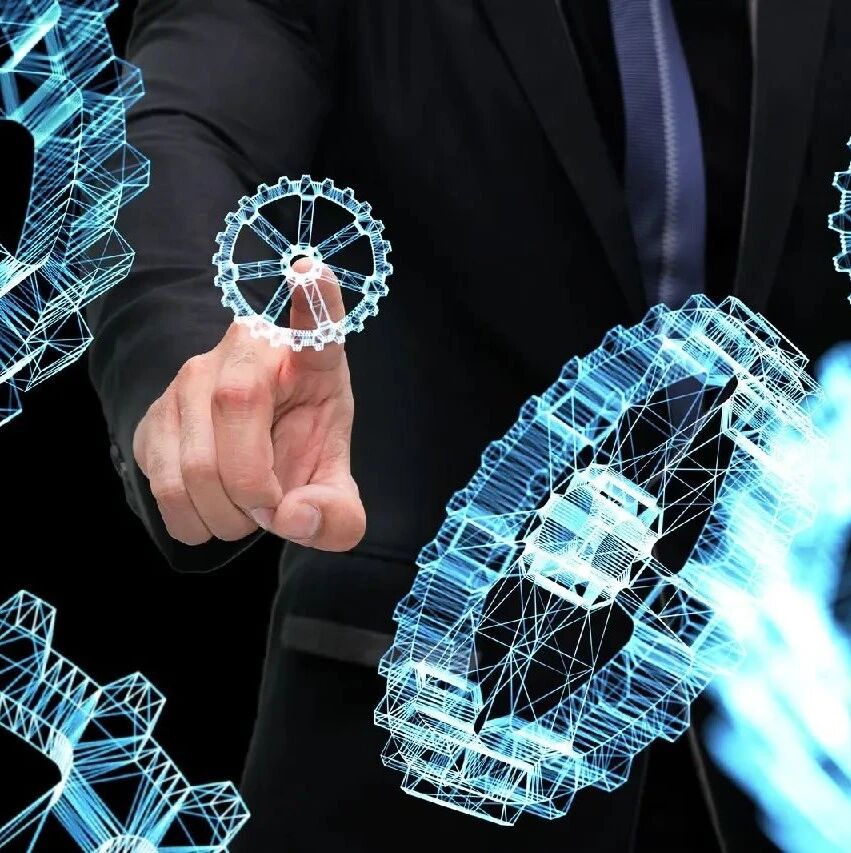
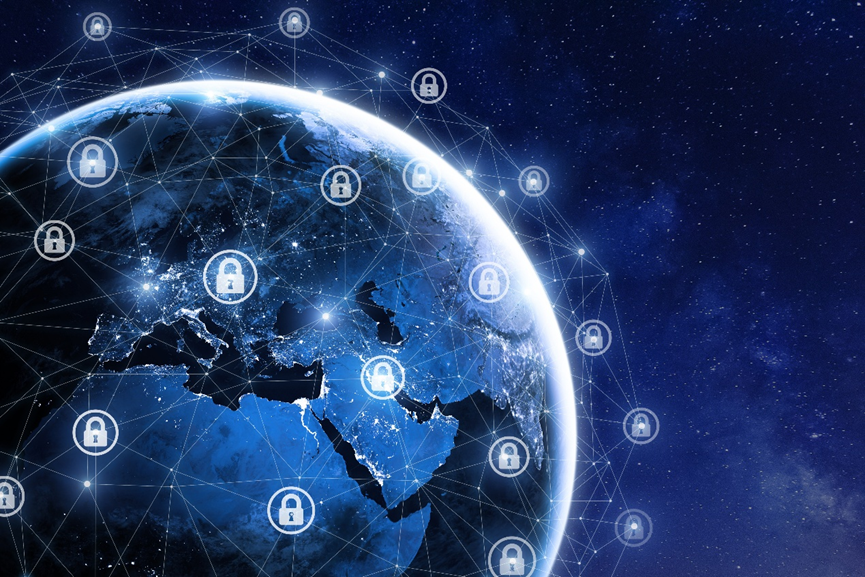
Geopolitical shifts are shaping the agenda for cybersecurity leadership in the coming years.
Image source: Getty Images/iStockphoto
William Dixon
Associate Research Fellow at the Royal United Services Institute for Defence and Security Studies, UK
Filipe Beato
Head of the World Economic Forum Cybersecurity Center
Ongoing geopolitical shifts are leading to reduced international cooperation in the cybersecurity field, which will also shape the agenda for global cyber leadership in the years ahead.
The accelerated adoption of artificial intelligence and other cutting-edge technologies is reshaping the cybersecurity landscape at an unprecedented pace.
As Millennials and Gen Z become the workforce's mainstay, cyber threats are shifting toward decentralized platforms, cryptocurrency exchanges, and interactive media spaces.
The "Global Cooperation Barometer," released in January this year, issued a stark warning to global network leaders. Major macroeconomic trends are undermining their ability to effectively manage the building of digital resilience.
The report highlights that waves of geopolitical, economic, and technological disruptions have led to a seven-year decline in global cooperation on peace and security.
This poses a challenge to the global cybersecurity community, as greater—not less—international cooperation is needed, ranging from interoperable global security standards to safeguarding cross-border data flows and jointly maintaining shared system infrastructure.
Recent geopolitical tensions and domestic trade pressures have disrupted the global cybersecurity alliance, as well as funding allocations to cyber and federal agencies, and commitments to international law enforcement cooperation.
Cyber resilience differs from traditional security domains. As the digital and physical worlds continue to converge, and global supply chains grow increasingly intertwined, political dynamics become even more challenging to unravel.
Even so, geopolitical shifts and domestic policy changes remain one of the three major strategic macro-trends—alongside transformative technologies and critical demographic shifts—that could shape the trajectory of the cybersecurity leadership agenda in the years ahead.
1. Geopolitical tensions and new domestic policies
The 2024 election has once again brought Donald Trump to the White House. This also marks the beginning of a growing wave globally toward policies that promote inward-looking approaches to trade and the economy.
This was followed by heightened geopolitical tensions, further increasing uncertainty in the macroeconomic environment.
As stated in the World Economic Forum's "Global Cybersecurity Outlook," "geopolitics" remains the number one challenge facing the cyber community, as it can lead to state-sponsored cyberattacks, conflicts over data sovereignty, and even hinder collaboration.
From the very outset of the new U.S. administration, geopolitical influences have already begun to manifest themselves in the country's domestic cybersecurity landscape. This has also provided other nations around the globe with a potential blueprint for emulation, prompting shifts in cyber policies across multiple dimensions.
First, in terms of international cooperation, network capacity-building will be constrained, and cyberspace—as well as technology supply chains—will become further fragmented.
Countries will accelerate efforts to diversify suppliers, shift production, and strengthen local infrastructure.
Secondly, there may be a retreat in regulatory and governance measures—such as easing pressure on tech giants, softening software liability rules, and temporarily suspending minimum industry standards—which will trigger ripple effects throughout the entire ecosystem.
Finally, adopting a foreign policy of "seeking peace through strength" could inadvertently escalate existing conflicts, leading to greater instability in the cyber domain.
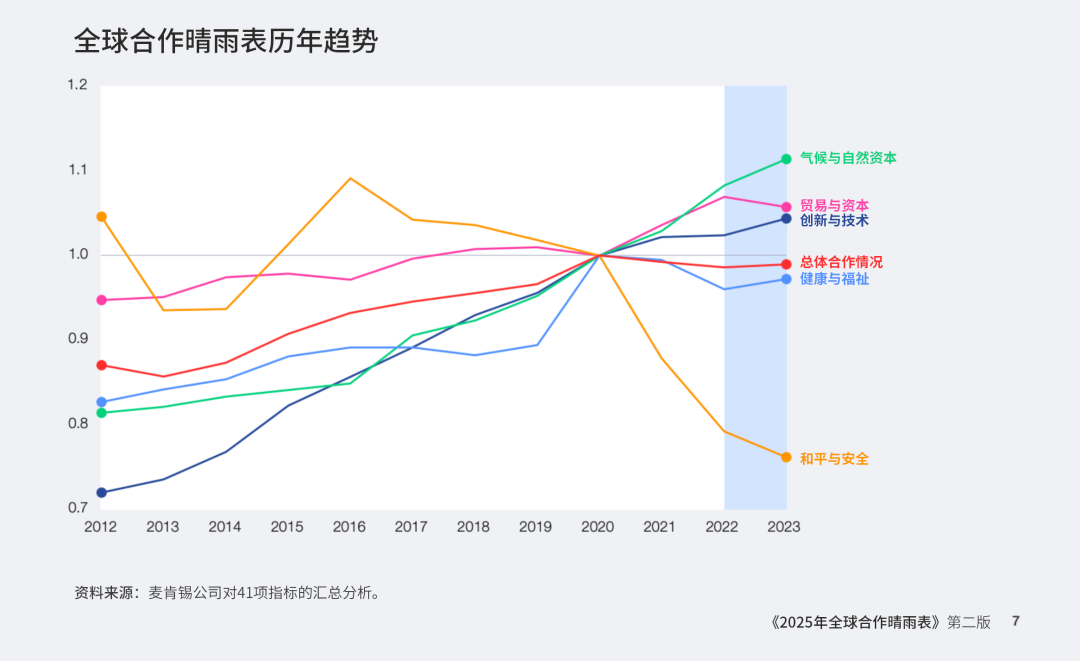
Image source: World Economic Forum's "Global Cooperation Barometer 2025"
2. Transformative and Cutting-Edge Technologies
The rapid adoption of cutting-edge technologies has given rise to new cybersecurity vulnerabilities and threats—often at a pace that has far exceeded many people's expectations.
"The Economist" notes that we are at "a pivotal moment for artificial intelligence." Since the launch of ChatGPT just over two years ago, global investments in AI have surged to hundreds of billions of dollars. As highlighted in the forum's newly released "AI and the Web Report," three-quarters of large enterprises have already adopted proactive AI strategies—making it a reality that web leaders must now confront.
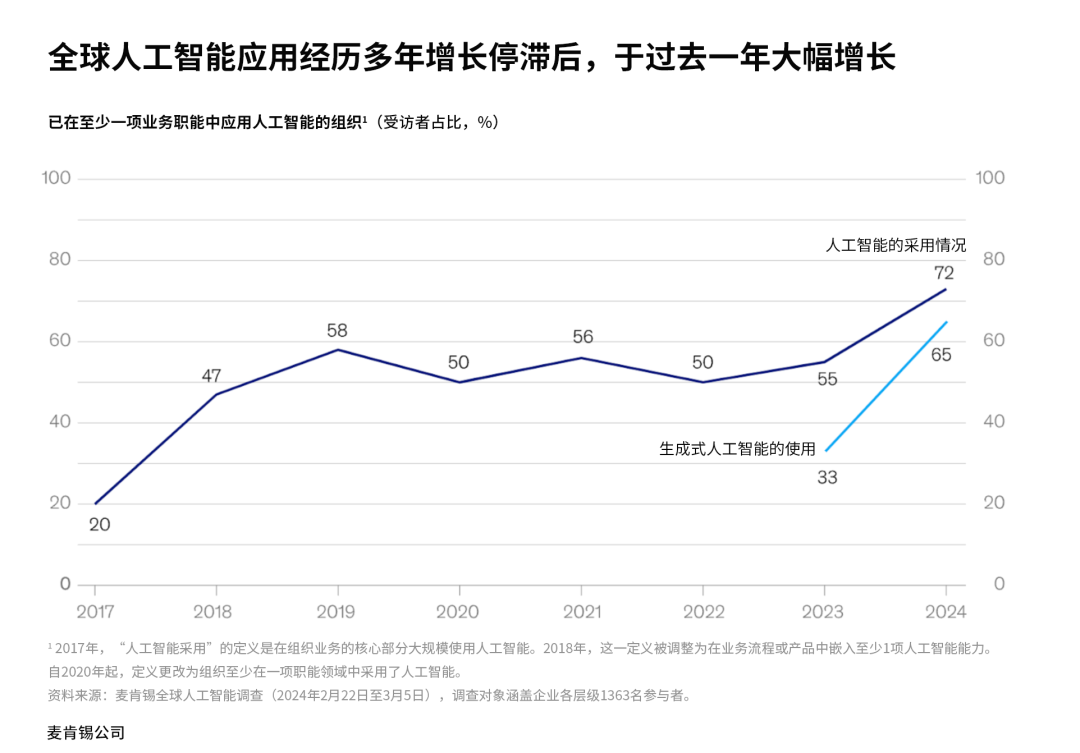
Image source: McKinsey & Company
Ensuring the security of complex applications and their transformative business processes presents inherent challenges, but the launch of DeepSeek underscores once again how rapidly new tools, security principles, and essential capabilities are advancing.
Network leaders must also move beyond traditional cybersecurity practices to ensure fairness, robustness against adversarial attacks, and interpretability—elements that currently form the foundation of trust executives place in their AI investments.
At the ecosystem level, Cloudflare's CEO stated at the 2025 World Economic Forum Annual Meeting in Davos, Switzerland, that AI-powered cyber resilience could fundamentally shift the dynamic between attackers and defenders.
However, achieving transformative cybersecurity requires large-scale access to proprietary data—data acquisition that inherently benefits large, hyperscale providers and end-to-end network vendors.
This principle has been the primary driver behind recent record-breaking stock prices and the growing market concentration among a handful of major online platform providers. Network leaders should remain vigilant about the potential implications of this heightened market consolidation and dependency, as it could lead to systemic risks, exacerbate digital inequality, or even conflict with certain countries' aspirations for "sovereignty."
3. Millennials + Gen Z = Web 3.0
The "Global Cooperation Barometer" highlights that as Millennials and Gen Z emerge as the dominant forces in the global workforce, global supply chains are becoming increasingly complex—making risks even harder to predict.
Over the past decade, the focus has been on safeguarding cybersecurity for traditional industries such as banking, manufacturing, and healthcare. Now, hundreds of millions of digitally native consumers and workers are interacting with decentralized, cloud-based, and edge-infrastructure ecosystems across a wide range of emerging industries throughout their online journeys.
Therefore, network leaders need to monitor and address emerging risks.
Cybercriminals have already begun capitalizing on this trend. Currently, the online gaming industry alone has faced half of all distributed denial-of-service (DDoS) attacks worldwide. Meanwhile, direct hacking attempts targeting global cryptocurrency exchanges are on the rise, resulting in losses exceeding billions of dollars once again this year.
The International Monetary Fund and U.S. federal agencies have identified this issue as an emerging systemic risk, calling for urgent global action to better safeguard an industry whose market value now rivals India’s GDP.
Web 3 technologies and platforms are no longer on the fringes of the global economy. Interactive media and entertainment is a multi-billion-dollar industry—take NVIDIA, for example, which originally rose to prominence with its gaming graphics cards.
More millennials own cryptocurrency than own real estate—this doesn’t even account for other cutting-edge platforms like the metaverse, virtual reality, or emerging apps, which already attract hundreds of millions of users under the age of 35. However, these platforms vary significantly in terms of their underlying network frameworks, and their governance models remain a subject of ongoing debate and inconsistent consensus.
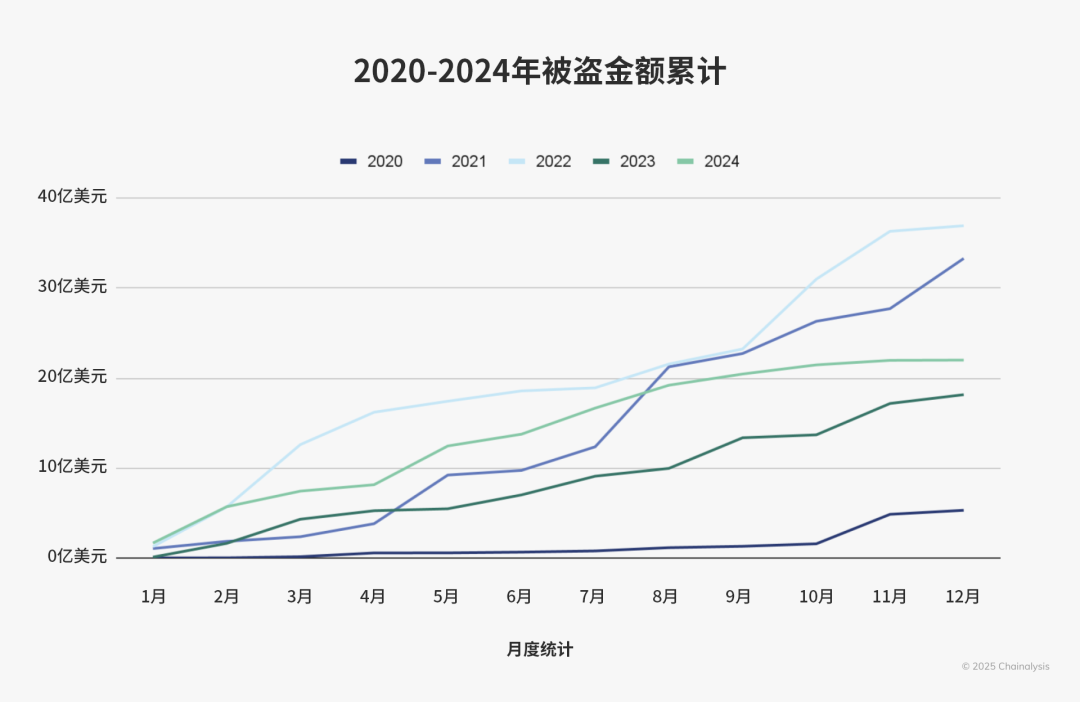
Image source: Chainalysis
Collective Cyber Resilience
In the context of a tense global situation, economic headwinds, and the rapid adoption of technology, we need to strengthen dialogue—rather than scale it back.
The industry community’s network resilience is uniquely positioned to inspire trust. Even in complex risk environments, it can play a pivotal role in fostering collaboration among diverse stakeholders and paving the way toward a prosperous, resilient digital future on a global scale.
Despite escalating tensions between major powers, this collective network resilience continues to identify critical factors essential for ecosystems—particularly in the areas of international capacity building and establishing globally interoperable minimum industry standards.
This resilience also enables the focused mobilization of experts from technology, business, and policy sectors, driving the safe and reliable adoption of emerging technologies—particularly artificial intelligence. Moreover, it allows for a concentrated effort to strengthen the resilience of new digital ecosystems and industries, areas that are growing in importance yet remain inadequately protected. Together, these initiatives will collectively safeguard our digital future.

The above content solely represents the author's personal views.This article is translated from the World Economic Forum's Agenda blog; the Chinese version is for reference purposes only.Feel free to share this in your WeChat Moments; please leave a comment at the end of the post or on our official account if you’d like to republish.
Translated by: Sun Qian | Edited by: Wang Can
The World Economic Forum is an independent and neutral platform dedicated to bringing together diverse perspectives to discuss critical global, regional, and industry-specific issues.
Follow us on Weibo, WeChat Video Accounts, Douyin, and Xiaohongshu!
"World Economic Forum"


